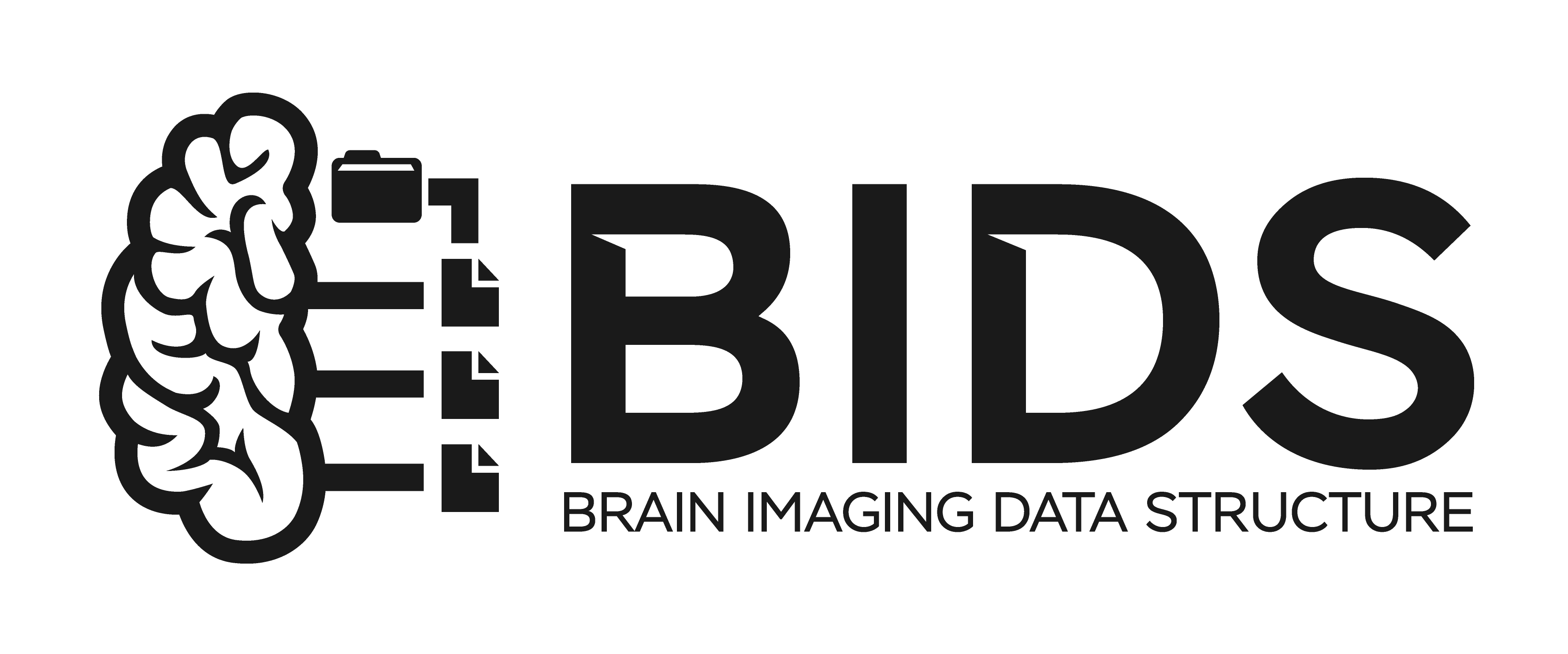Motivation#
Although much progress has been made in standardizing neuroimaging pipelines, model fitting requires a high degree of flexibility, resulting in heterogeneous scripts that are often not reproducible. Upon publication, models are often verbally described, making it difficult to reproduce analyses from published studies. Even when analysis scripts are shared, they often lack transparency, making it difficult for other researchers to interpret and apply the same model to a different dataset.
Goal#
BIDS Stats Models aims to facilitate the development of automated and standardized neuroimaging model fitting pipelines, encouraging reproducible and generalizable scientific practice. In addition, by promoting the development of an ecosystem of easy to use and interoperable tools, BIDS Stats Models aims to facilitate the process of building and fitting statistical models on neuroimaging data.
Scope and limitations#
The current specification deliberately focuses on general linear mixed models (GLMs). Although the mission of BIDS Stats Models is to describe models for any BIDS datasets, the current specification has been primarily tested with task-based fMRI data and may require future extensions to operate across other neuroimaging modalities (like EEG, MEG).
Other use cases that are possible but not thoroughly tested include: voxel-based morphometry (VBM), region of interest (ROI) analyses and contrasts between multiple tasks. In addition, the current specification is designed to operate on a single set of inputs at a time, and therefore cannot support multimodal analyses in a single model. Finally, there is currently no way to specify more sophisticated models, such as arbitrary covariance structures. We welcome contributions to showcase the use of the specification on these untested use cases, as well as proposals to extend the specification to support a broader range of analyses!
